Florence B. Seibert Historical Marker
Introduction
Text-to-speech Audio
Images
The historical land marker dedicated to Florence Seibert in her home town, Easton, Pennsylvania.
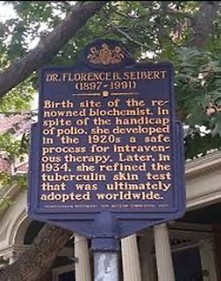
A picture of Florence Seibert from the National Woman’s Hall of Fame web page, where she was honored in the year 1990 for her many efforts in the field of science.
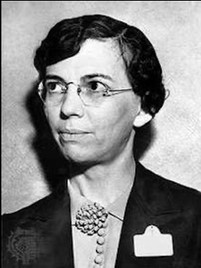
Seibert pictured in a lab from her time working on that would be later used to develop the standard tuberculous test.
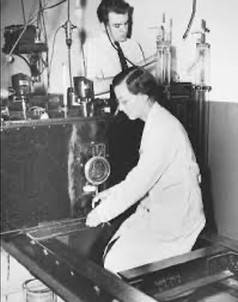
Dr. Florence Seibert sitting at a desk in the Phipps Institute Children’s Clinic in Philadelphia, PA.
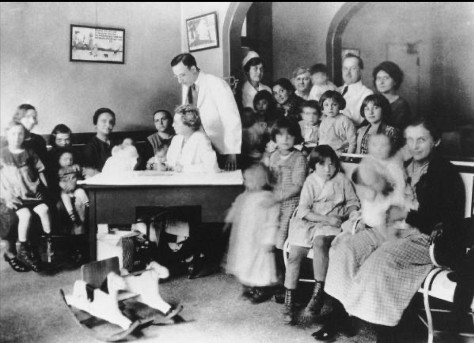
Dr. Seibert receiving the $1,000 Gimbel Philadelphia Award for 1945.
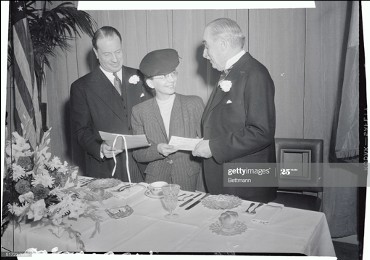
Florence Seibert pictured in a lab in her older years as she continued to do work.
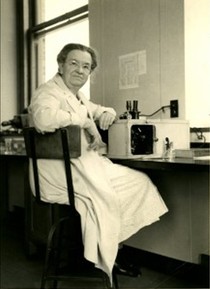
The cover of Dr. Seibert’s autobiography titled “Pebbles on the Hill of a Scientist”, which was inspired by the a hill that her and other children from her neighborhood would play on.
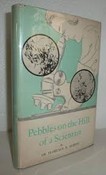
Backstory and Context
Text-to-speech Audio
Florence B. Seibert was born on October 6, 1897 in Easton, Pennsylvania where she faced many hardships at a young age. Seibert contracted polio, having to wear braces on her legs as a child, and suffered from a limp for the rest of her life, but a disability did not stop her from excelling. As a child, Seibert loved to read about other scientists who would later influence her work in the very same field. There is a historical site landmark in honor of her located in Easton at her place of birth although, she did the majority of her most accredited work at University of Pennsylvania in the 1930s. Seibert completed her undergraduate at Goucher College in Baltimore in 1918 and earned her PhD in biochemistry from Yale university in 1923, which is where she was first able to separate proteins from bacteria as well as determine the relationship between intravenous injections and fevers in patients. Easton was a crucial aspect to Seibert’s life as this is what motivated her and cultivated the inspiration to go into the medical field.
In Seibert’s later life she spent the majority of it traveling out of state and even out of the country. She had been in different labs all over the world working with other scientists on research to aid in the cure for other health concerns, such as cancer. Seibert’s career took her to a lot of places such as Chicago to work on her post doctorate. She ended up living in Florida in her later life but had traveled all over the world, such as, Sweden. Seibert received many awards ranging from the first Achievement Award from the America Association of University Woman, to being inducted into the National Women’s Hall of Fame. She even created a safe trap for distillation processes which was recognized by the Food and Drug Administration, the National Institute of Health, and other pharmaceutical companies.
At one point in Seibert’s career, she wrote an autobiography titled “Pebbles on the Hill of a Scientist” which gave great insight into who Seibert really was. The title of the book originates from a childhood memory of Seibert, where her and other children of the Easton area would play, but after she and others fell ill, she began to wonder why. She cherished her travels and her friends, who she worked closely with. She also talks about her sister as being an important person in her life. Her book also touches on the reality of her field, which was primarily male-dominated and she speaks to the experience of that. An interesting part about her autobiography is how she wrote it in the later years of her life so she compares to how different the science field is now. She talks about how modernized labs are because of technology and how she hopes younger generations of people who read her book are inspired while older generations can reminisce. Going back to Easton when Seibert was a child, reading about other scientists, she is able to cultivate that same legacy for herself within younger generations.
Seibert lived until she was 93 years old and died on August 23, 1991 from what appeared to be complications from the polio virus that she contracted as a child. Her landmark was placed at the location of her birth on November 15, 1993 and is still standing. Much of her work is still practiced today and still continues to be beneficial to the medical field.
Sources
Lemelson-Mit, “Florence Seibert,” accessed February 9, 2020, https://lemelson.mit.edu/resources/florence-seibert
National Women’s Hall of Fame, “Florence B. Seibert,” accessed February 9, 2020, https://www.womenofthehall.org/inductee/florence-b-seibert/
Reinhardt, Ann. “Florence Seibert: Inventor of the Standard TB Test.” American Philosophical Society. https://www.amphilsoc.org/blog/florence-seibert-inventor-standard-tb-test (accessed February 9, 2020).
Lambert, Bruce. “Dr. Florence B. Seibert, Inventor of Standard TB Test, Dies at 93.” The New York Times. https://web.archive.org/web/20140310215218/http://www.nytimes.com/1991/08/31/us/dr-florence-b-seibert-inventor-of-standard-tb-test-dies-at-93.html (accessed February 9, 2020).
ATS Journals. “American Review of Respiratory Disease,” accessed February 9, 2020,
https://www.atsjournals.org/doi/abs/10.1164/arrd.1969.100.4.584?journalCode=arrd
Grinstein, Louise S., Biermann, Carol A., and Rose, Rose K. Women in the biological sciences: a bibliographic sourcebook. London: Greenwood Press, 1997.
Seibert, Florence. Pebbles on the Hill of a Scientist. St Petersburg, FA: [Florence B. Seibert], 1968.
Wilson, Adele. “One hundred years of Women in Biochemistry.” IUBMB Journals. https://iubmb.onlinelibrary.wiley.com/doi/full/10.1002/bmb.2006.49403402075 (accessed February 12, 2020).
https://en.wikipedia.org/wiki/Florence_B._Seibert
https://www.womenofthehall.org/inductee/florence-b-seibert/
http://www.chemistryexplained.com/Ru-Sp/Seibert-Florence.html
https://explorepahistory.com/displayimage.php?imgId=1-2-19F1
https://www.gettyimages.com/detail/news-photo/the-1-000-gimbel-philadelphia-award-for-1945-is-presented-news-photo/517237666
https://www.aauw.org/2013/03/15/women-in-history-live-on-through-fellowships/
https://www.amazon.com/Pebbles-Scientist-Florence-Barbara-Seibert/dp/B0006D317A
